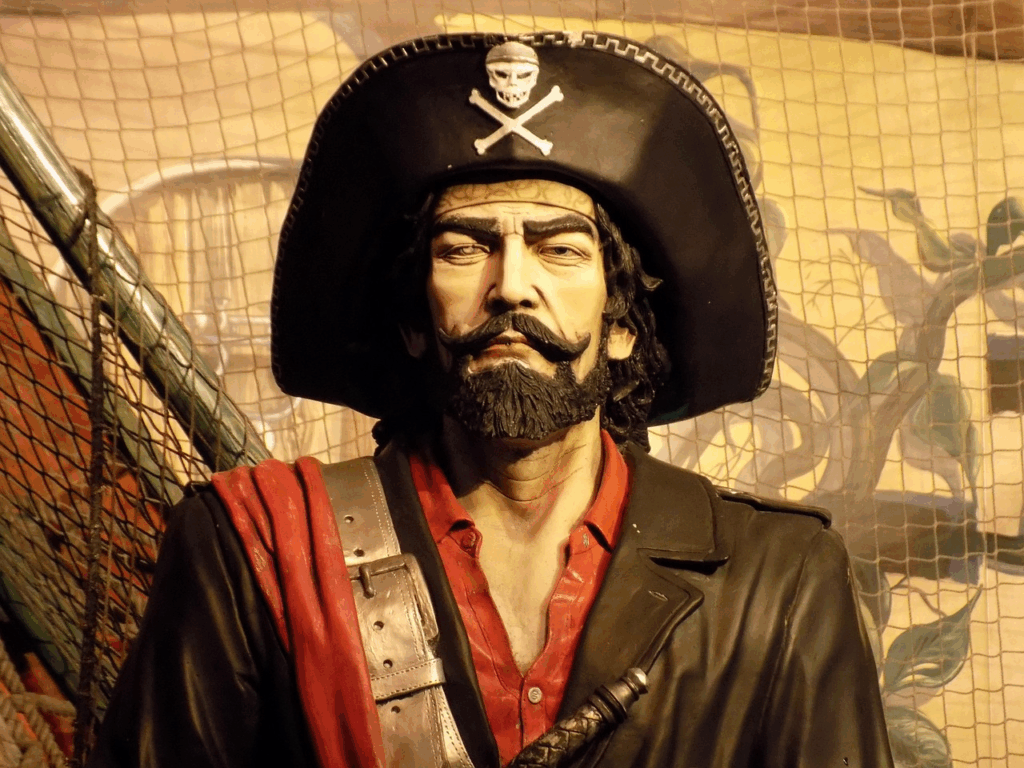Fast food was supposed to be about burgers and fries. But over the decades, it quietly reshaped something much larger: our relationship with time itself.
What started as a promise of quick service has become a cultural mindset that influences how we measure productivity, convenience, and even success. From “grab-and-go” meals to “instant” everything, fast food didn’t just change how we eat; it redefined how we live.
The Birth of “Fast” as a Lifestyle
Before the 20th century, eating was slow. Meals were prepared from scratch, served at home, and often centered around family rituals. That changed in 1948, when the McDonald brothers introduced the “Speedee Service System” in San Bernardino, California. By removing servers, simplifying menus, and standardizing every step, they cut service time from 20 minutes to under 1 minute.
This model spread rapidly, mirroring postwar America’s obsession with efficiency. Drive-ins turned into drive-thrus. Dining turned into fueling. The faster the food arrived, the more time people felt they were saving.
By the 1960s, “fast” had become more than a descriptor; it was an ideal. Fast food embodied modern progress, industrial precision, and freedom from domestic labor. What once referred to a meal soon came to apply to everything: fast lanes, fast fashion, fast internet. Time became a commodity to be maximized, not enjoyed.
Check out How Coffee Took Over the World for another everyday habit that reshaped culture.
How Speed Rewired Our Sense of Time
Psychologists call this cultural shift the “acceleration effect.” When things speed up, we subconsciously recalibrate what “normal” feels like. Waiting—even briefly—starts to feel like wasting. Fast food helped train generations to expect instant results, not only from restaurants but from all areas of life.
The average modern meal now lasts less than 15 minutes, compared to an hour or more in previous centuries. This habit has psychological consequences: when people eat quickly, they tend to consume more but feel less satisfied. Fast food doesn’t just save time. It teaches us to fill it in a different way.
Sociologists also link fast food’s influence to the rise of “time scarcity,” the feeling that we’re always behind. In a world where speed equals productivity, slowness feels like failure. That’s why slogans like “Have it your way” and “I’m lovin’ it” resonate. These phrases promise control over time in a culture obsessed with it slipping away.
See The Rise of Cozy Culture: Why Everyone’s Obsessed with Comfort to explore the side of slow-living.
From Fast Food to Slow Living
Ironically, the backlash to fast culture began with food itself. In 1986, Italian activists launched the Slow Food Movement after McDonald’s opened near the Spanish Steps in Rome. Their goal wasn’t just culinary. It was philosophical. They argued for reconnecting with local ingredients, traditional cooking, and the experience of eating without rushing.
This “slow” movement soon expanded beyond the kitchen. “Slow travel,” “slow fashion,” and “slow living” all arose from the same desire to reclaim time as something to savor rather than conquer. Even fast-food giants have adapted, introducing “made fresh” menus and cozy café spaces that encourage lingering instead of leaving.
Explore The Surprising Origins of Common Food Combos for more ways food trends shape how we live.
Still, the influence of fast food endures. Its language—“quick bites,” “instant meals,” “on-the-go”—permeates our daily routines and expectations. The clock now ticks to the rhythm of convenience.
Fast food changed more than dining habits. It changed the pace of modern life. It gave us speed, accessibility, and efficiency, but it also taught us to equate fast with good. The next time you rush through lunch or multitask during dinner, remember: you’re living in the world that fast food built.




